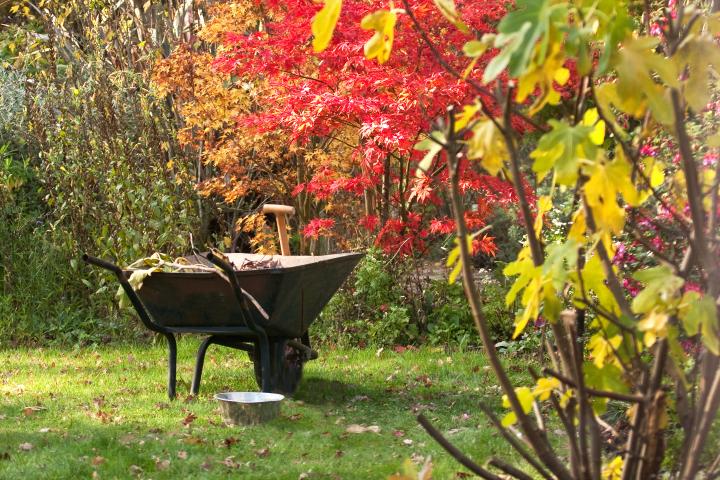
Fall is a great time to start a garden or renovate an existing planting bed. The soil is warm while the air is cool – a perfect combination for establishing new plantings. It is also a great time to prepare gardens for the next planting season. Investing time up front to create a healthy foundation for your plants will pay off with years of beautiful, healthy and productive gardens.
When you read plant tags and seed packets you’ll find that the majority of plants prefer moist well-drained soil. Unfortunately, most gardeners aren’t growing in plant-friendly soils. Heavy clay, sandy and droughty soils are much more common. Understanding what you have is the best place to start when creating a healthy soil foundation for new and existing gardens.
Start with a soil test. Contact the local office of your Extension Service or state certified soil testing lab for details. They can direct you on how to take a soil test and where to send the sample. The test results will tell you how much, if any, fertilizer, lime, or sulfur is needed. Following soil test recommendations can save you money spent on and time applying unnecessary soil additives. Plus, following the results will increase your gardening success.
While waiting for the results you can do a bit of analysis yourself. Soils are made of clay, sand, and silt particles. The feel and cohesive nature of this sample will tell you a bit about your soil. Take a handful of soil and create a ribbon by rubbing it through your thumb and index finger to get a feel for your soil type.
If the soil easily forms a ball or rolls into a sausage shape, feels slippery when wet and smoother when dry, you have a high percent of clay in your soil. Soils with a high percent of the very small clay particles are often called heavy soils. They stay wet longer and hold onto soil nutrients. Clay soils are slow to dry out and warm up in the spring. Avoid working them when wet. This leads to compaction and clods you will be contending with all season long.
Soils with a larger percent of sand particles don’t form a ball when moist and feel gritty to the touch. The much larger sand particles create bigger pores in the soil for water and nutrients to move through quickly. They tend to be nutrient deficient, fast draining and dry. But they warm up and dry quickly in the spring.
Silt feels smooth like flour when dry and soapy slick when wet. They are the middle-sized particles that hold water and nutrients longer than sand, but not as much as clay particles. Silty soils drain slower and stay colder longer than sandy soils in the spring. Overworking soils with a high percent of silt leads to crusting and compaction, decreasing drainage and water infiltration.
Consult your soil test report when preparing your new garden beds. Prior to planting is the easiest time to add organic matter to any of these soil types. It increases the water-holding ability, the infiltration rate so less water runs off the soil surface and builds plant-friendly soil structure. Incorporate several inches of compost, aged manure or other organic matter into the top eight to twelve inches of soil.
Further improve your soil by using a slow release fertilizer with a high percent of organic matter like Milorganite. The 85% organic matter feeds the soil microorganisms and your plants as it improves all soil types. You get multiple benefits with this type of fertilizer.
So, as you plan your new landscape additions this fall, include testing and amending the existing soil into your plans. Understanding your soil can help you create a strong foundation important to the health, longevity and beauty of your gardens and landscapes.
Melinda Myers has written numerous books and hosts How to Grow Anything DVD series and the nationally-syndicated Melinda’s Garden Moment TV & radio program. Her website is MelindaMyers.com.
 Related Articles & Free Subscription
Related Articles & Free Subscription
Bold and Beautiful Alliums for Every Garden
Keep Houseplants Healthy and Pets Safe





Comment here